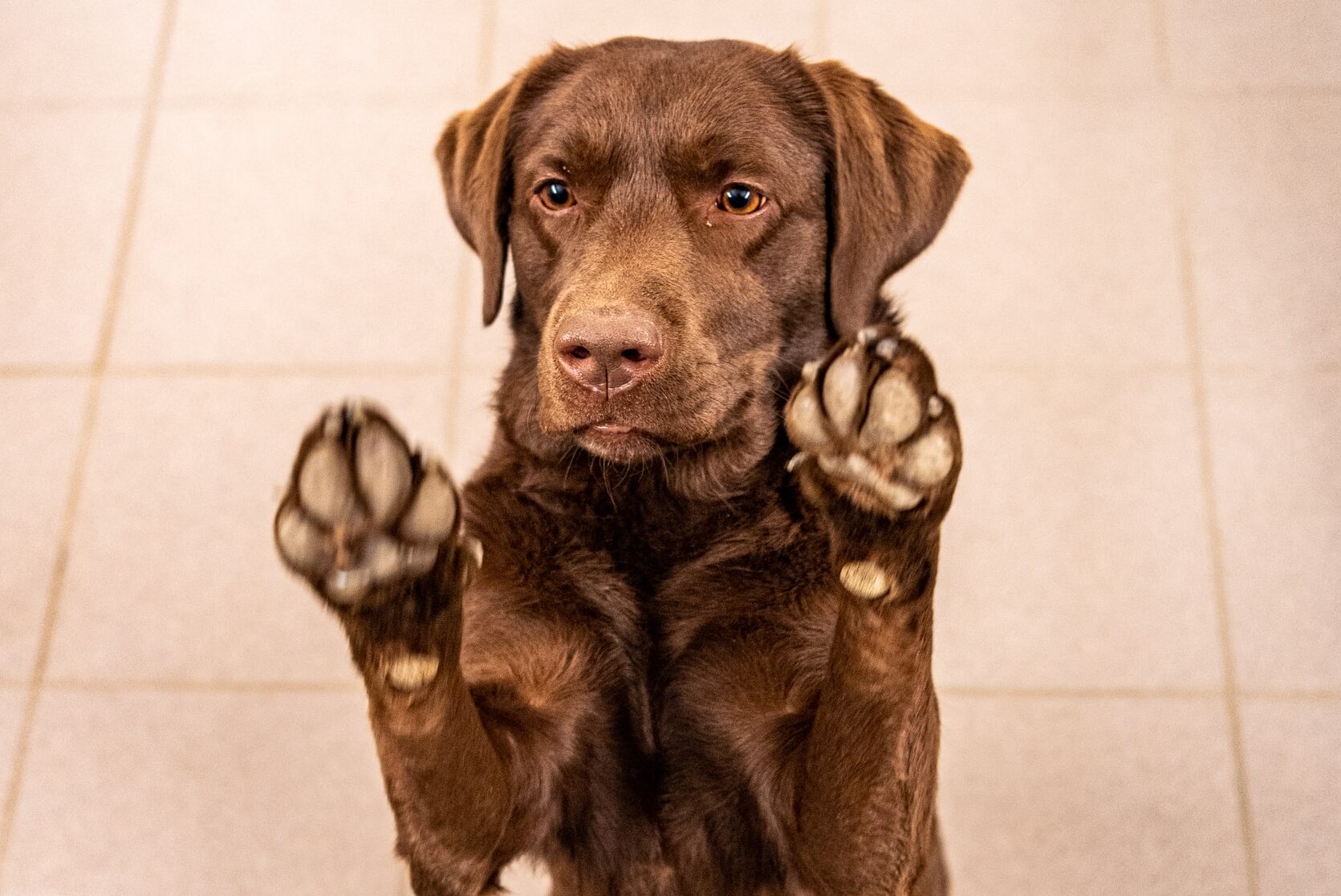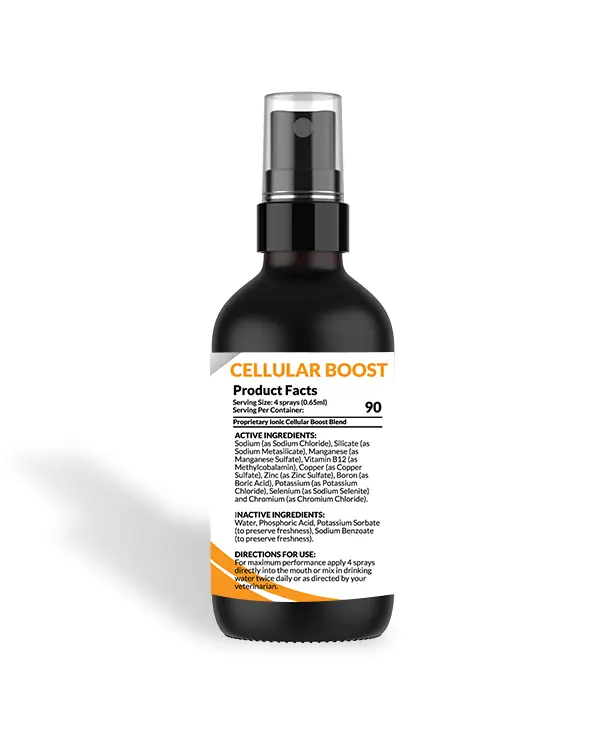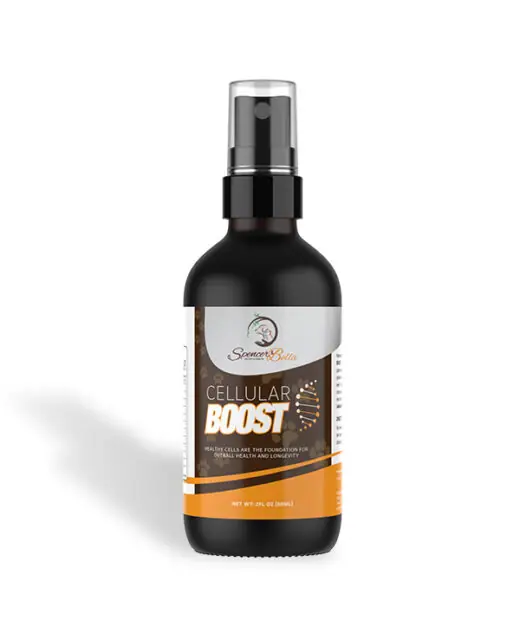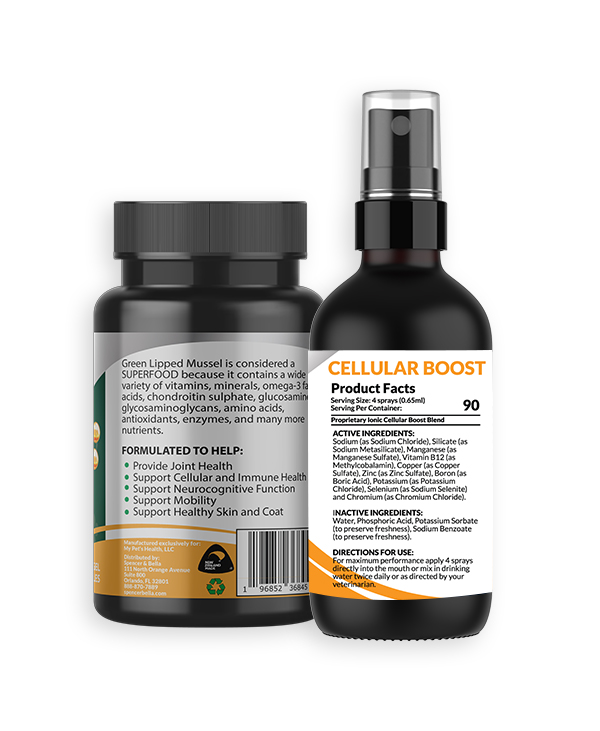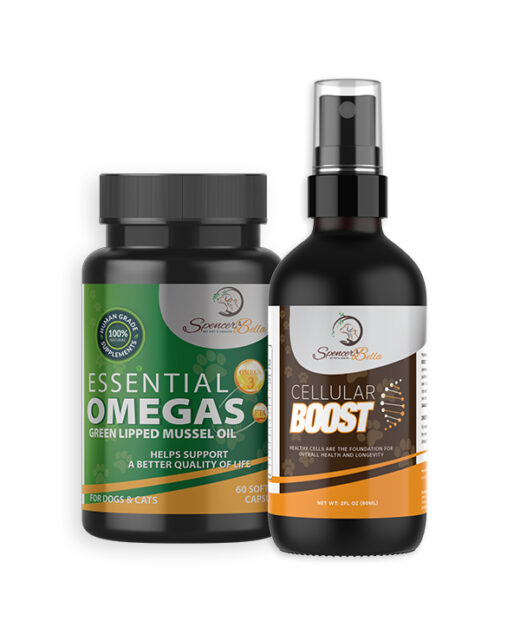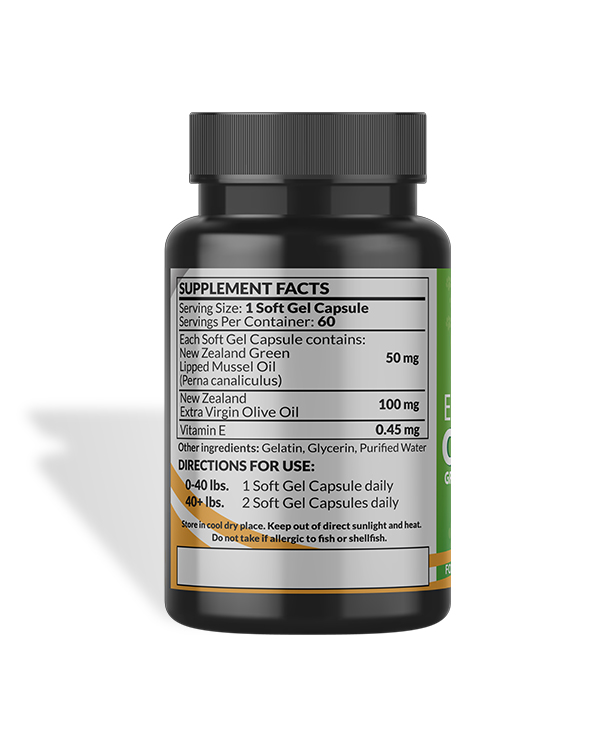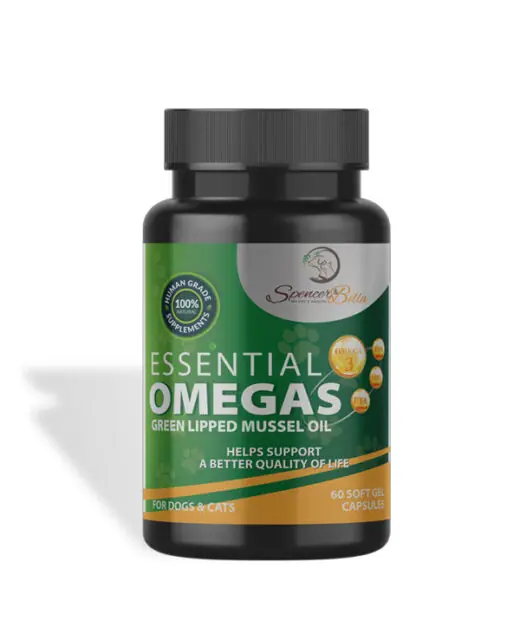Paw health is paramount in ensuring the well-being of your beloved dogs and cats. Within the intricate tapestry of their anatomy, blood flow plays a pivotal role in maintaining the vitality of their paws. Much like the circulatory system sustains human health, pet circulation ensures that their paws receive the necessary oxygen and nutrients. This is essential not only for the basic functions of walking, running, and playing but also for the prevention of various paw-related issues. In this article, we will delve deeper into the importance of good blood flow to your pets’ paws and uncover the numerous benefits it brings to their overall quality of life.
Understanding Paw Anatomy and Circulation
Paw anatomy is a fascinating and intricate marvel, comprised of various structures designed for diverse functions. These include bones, soft pads, and a network of blood vessels. Within this complex framework, paw circulation, a crucial component, takes center stage, ensuring that oxygen and vital nutrients circulate throughout the paw’s tissues. This circulatory system in your pet’s paws is indispensable, not solely for facilitating mobility but also for maintaining optimal temperature regulation and sensory perception. In essence, the health and well-being of your pet’s paws are intricately tied to the balance and efficiency of paw anatomy and circulation, making it essential to comprehend and actively support this dynamic interplay.
The Benefits of Good Blood Flow
The advantages of proper blood flow to your pets’ paws are multifaceted, and understanding these benefits is essential for their overall well-being.
Benefits of Good Blood Flow to Your Pets’ Paws:
- Faster Healing: Efficient circulation accelerates the healing of minor paw injuries and abrasions, ensuring your pets recover quickly from any mishaps they encounter during their daily adventures.
- Enhanced Paw Pad Health: Good blood flow is crucial for maintaining optimal paw pad health. Paw pads, in direct contact with various surfaces, can be susceptible to wear and tear. Adequate circulation ensures that these paw pads receive a constant supply of oxygen and nutrients, making them more resilient and better equipped to withstand the rigors of daily activity.
- Effective Temperature Regulation: Proper circulation plays a pivotal role in temperature regulation. When your pets traverse different environments, whether hot or cold, their paws serve as a crucial point for thermal regulation. Good blood flow helps dissipate excess heat in warmer weather and conserves warmth in colder conditions, ensuring your pets remain comfortable regardless of the weather.
Consequences of Inadequate Blood Flow:
- Delayed Healing: Inadequate blood flow may slow down the healing process, leaving your pets vulnerable to prolonged discomfort and potential complications from injuries.
- Decreased Paw Pad Resilience: Poor circulation can lead to fragile paw pads that are more susceptible to injuries, discomfort, and paw-related problems.
- Temperature Discomfort: Insufficient circulation can result in discomfort during extreme temperatures, making your pets less adaptable to various weather conditions and potentially exposing them to discomfort and stress.
In essence, the benefits of good blood flow to your pets’ paws encompass faster healing, enhanced paw pad health, and effective temperature regulation. Conversely, inadequate circulation may lead to delayed healing, decreased paw pad resilience, and temperature-related discomfort. Prioritizing paw circulation is a proactive step to ensure your furry companions enjoy a healthy, happy, and comfortable existence.
Common Paw Issues
Preventing paw problems and promoting pet paw wellness are essential for maintaining healthy paws. Recognizing the signs of these issues is the first step in effective prevention:
- Cold or Swollen Paws:
- Signs: Your pet’s paws may feel unusually cold or appear swollen.
- Cracked or Dry Paw Pads:
- Signs: Look out for dry, cracked, or rough paw pads, which can be indicative of circulation issues.
- Slow Healing:
- Signs: If wounds or injuries take longer to heal than usual, it may suggest compromised blood flow.
- Pain and Discomfort:
- Signs: Watch for signs of discomfort such as limping, favoring one paw, or excessive licking or chewing of the paws.
Preventive Measures:
- Regular Paw Inspections: Conduct routine paw checks, feeling for temperature abnormalities and examining paw pads for dryness or cracks.
- Balanced Diet: Ensure your pet receives a well-balanced diet rich in essential nutrients to support proper circulation and overall paw health.
- Regular Exercise: Encourage physical activity to promote healthy blood flow and maintain healthy paws.
- Hydration: Ensure your pet stays adequately hydrated, as dehydration can affect circulation and paw health.
- Consult a veterinarian: If you notice any concerning signs, consult a veterinarian promptly. They can provide guidance on improving paw circulation and overall health.
By recognizing the signs of paw problems and taking these paw injury prevention measures, you can help your furry companions enjoy a life free from circulation-related paw issues, thus promoting pet paw wellness and maintaining their paws in the best possible condition.
Tips for Maintaining Paw Health
Ensuring good blood flow to your pets’ paws is essential for their well-being. Here are some practical paw circulation tips to help pet owners maintain paw health:
- Regular Paw Massages: Gently massage your pet’s paws to stimulate circulation and relax the muscles.
- Warm Water Soaks: Treat your pet to warm water soaks, which can enhance circulation and soothe tired paws.
- Keep Nails Trimmed: Overgrown nails can affect paw comfort and circulation, so regularly trim them.
- Use Paw Balm: Apply a pet-safe paw balm to keep paw pads moisturized and healthy.
- Exercise Safely: Ensure your pet’s exercise routine is safe and suitable for their age and breed to prevent injuries that can affect circulation.
- Avoid Extreme Temperatures: Protect your pets from extreme cold or hot surfaces to maintain paw comfort and circulation.
- Maintain a Clean Environment: Keep your pet’s living space clean to prevent paw infections and maintain overall hygiene.
- Provide Proper Nutrition: A well-balanced diet with essential nutrients supports overall health and circulation.
- Stay Consistent with Vet Visits: Regular check-ups with your veterinarian help monitor your pet’s paw health and detect any issues early.
- Monitor for Signs of Paw Problems: Be vigilant for signs of paw issues and consult your vet promptly if you notice any concerns.
By following these paw care and circulation tips, pet owners can actively contribute to maintaining their pets’ paw health and overall well-being while preventing injuries and promoting paw hygiene.
Unveiling Cellular BOOST’s Crucial Contribution to Paw Well-being
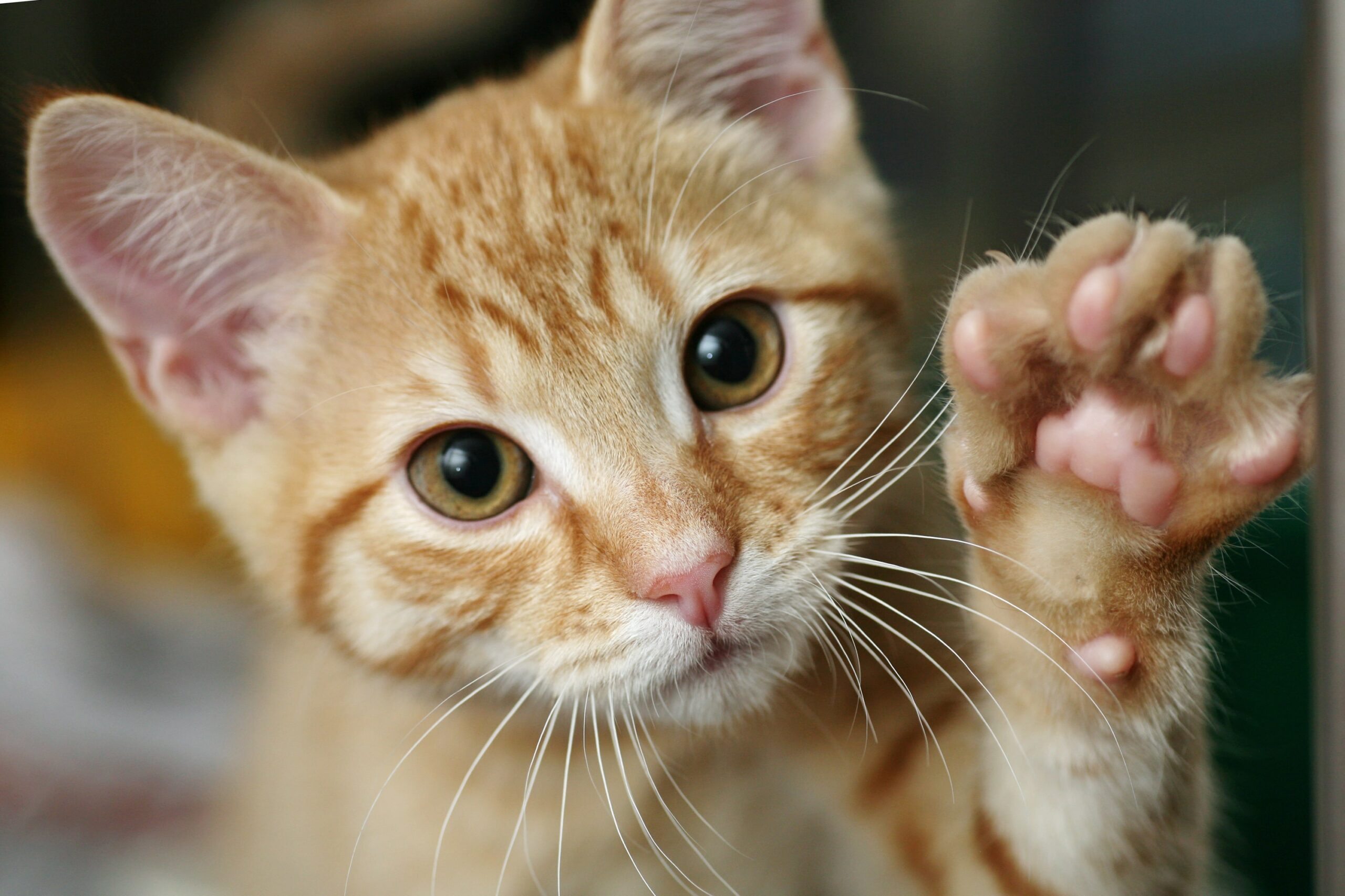
Prioritizing Paw Health: A Path to Lifelong Comfort
Often, pet owners may not give much thought to the well-being of their furry companion’s paws. The primary concerns usually revolve around illness or chronic conditions, with paw health taking a backseat. However, considering that dogs engage in various activities, from exuberant outdoor play to indoor frolics, it becomes evident that maintaining healthy paws is crucial for their overall happiness and quality of life.
In essence, the condition of a dog’s paws significantly impacts their well-being, and nurturing their paw health can lead to a lifetime of joyful and comfortable walks and play. Paw health, invigorated by the wonders of Cellular BOOST, fortifies their paws, bolstering resilience and infusing their lives with boundless vitality.
Pivotal in Paw Pad Nurturing
The circulation in your pet’s paws, fueled by Cellular BOOST, is the cornerstone of their paw pad well-being. These cushioned guardians envelop each step, and optimal circulation ensures they receive a continuous supply of oxygen and vital nutrients, nurturing tissue health and bolstering repair processes. This sustenance is especially vital as paw pads brave ceaseless pressure and friction during walks run, and play.
Shielding Against Paw Pad Discomfort
The benefits of efficient blood circulation extend beyond nourishment; it acts as an armor, safeguarding against discomfort and injuries to the paw pads. Robust circulation, aided by Cellular BOOST, reinforces the cells within the paw pads, dramatically reducing the likelihood of painful cracks, sores, or abrasions arising from dryness or friction.
Consequences of Restricted Paw Pad Blood Flow
Now, contemplate the consequences of diminished blood flow to your pet’s paw pads. When circulation wanes, the cells within the paw pads lose their vigor and become susceptible. Dry, cracked, or injured paw pads can inflict discomfort and pain, dimming your pet’s zest for walks and playtime. This, in turn, can substantially affect their quality of life and impede their ability to revel in physical activities.
Enhancing Paw Health with Cellular BOOST
In your quest to safeguard your pet’s paw health and overall well-being, you’ve explored various measures to protect their paws from environmental factors and potential injuries. However, for an extra layer of support, consider incorporating Cellular BOOST into your pet’s daily routine.
-
Cellular BOOST
$35.00 - or Subscribe and Save 10% -
Cellular BOOST & Essential OMEGAS Bundle
$84.00 - or Subscribe and Save 10% -
Essential OMEGAS
$49.00 - or Subscribe and Save 10%
By simply spraying Cellular BOOST into your pet’s mouth or adding it to their water bowl, you provide them with a straightforward yet highly effective supplement. This remarkable product goes beyond the ordinary, offering a boost to their overall health.
One of the standout benefits of Cellular BOOST is its remarkable ability to increase blood flow throughout your pet’s entire body. This includes improved circulation to their precious paws, where the impact on their paw pad health is especially pronounced. Enhanced blood flow to the paw pads means they receive a steady stream of oxygen and essential nutrients, fortifying their resilience and ensuring they can withstand the demands of various terrains and temperatures.
Furthermore, when you consider the critical role of paw health, it’s essential to acknowledge that Cellular BOOST not only contributes to paw pad health but also fosters healing and recovery. Inadequate blood flow to the paw pads can slow down the healing process for injuries or wounds, leaving your pet vulnerable to infections and discomfort. Cellular BOOST, with its remarkable ability to optimize pet foot circulation and paw pad nourishment, serves as a beacon of hope, ultimately enhancing their paw health and infusing their lives with boundless vitality and happiness.
Conclusion: Paving the Way to Lifelong Paw Health
In the journey of pet ownership, the importance of paw health cannot be overstated. The well-being of your furry friend’s paws, driven by proper circulation and nourishment, plays a pivotal role in their quality of life. From supporting their every step to shielding against discomfort, healthy paws are essential for a lifetime of joyous adventures.
Recognizing the signs of paw problems, such as dryness, cracks, or injuries, empowers you to take preventive measures and prioritize your pet’s paw health. By embracing practices like regular paw inspections, maintaining a balanced diet, encouraging physical activity, and staying vigilant for signs of trouble, you can champion your pet’s paw well-being.
Additionally, the inclusion of Cellular BOOST, with its remarkable capacity to enhance pet foot circulation and paw pad blood supply, stands as a beacon of hope. It fortifies paw resilience, supports healing, and infuses your pet’s life with boundless vitality.
In closing, the journey of pet ownership is one filled with love and companionship, and ensuring your furry friend’s paws are healthy is an act of love that enhances their life’s every step. With a commitment to paw health and the invaluable assistance of Cellular BOOST, you are taking a proactive step towards a future filled with happy, comfortable, and blissful moments together.
Q&A
Q: What is meant by Pet Paw Hygiene
A: Pet paw hygiene refers to the practice of keeping your pet’s paws clean and in a healthy condition. This includes regular cleaning to remove dirt, debris, and potential irritants from their paws, trimming their nails to an appropriate length, and inspecting for any signs of paw problems such as cracks, sores, or foreign objects. Good paw hygiene is essential for your pet’s overall well-being and comfort, as it helps prevent issues like infections, injuries, and discomfort.
Q: How frequently should I trim my dog’s nails?
A: The frequency of trimming your dog’s nails depends on their activity level. As a general guideline, aim to trim their nails approximately once a month, ensuring that the length of the nail is roughly in line with the pad on their toe.
Q: What is Paw Pad Warmth
A: Paw pad warmth refers to the temperature or warmth of your pet’s paw pads, the soft cushions on the underside of their paws. Warm paw pads indicate healthy blood circulation in the area, which is essential for maintaining paw health. Proper circulation ensures that the paw pads receive adequate oxygen and nutrients, helping to keep them soft, supple, and comfortable. Cold paw pads may suggest circulation issues or exposure to cold temperatures, while overly hot paw pads can indicate potential discomfort or inflammation. Monitoring paw pad warmth can be a helpful indicator of your pet’s overall well-being.
Q: Why is improving paw blood flow so important?
A: Improving paw blood flow is critically important for several reasons:
- Faster Healing: Good blood circulation in the paws facilitates faster healing of any injuries or wounds your pet may sustain. This means they can recover more quickly from minor mishaps.
- Paw Pad Health: Proper blood flow supplies oxygen and nutrients to the cells within the paw pads, ensuring they remain healthy and resilient. This is crucial because paw pads endure constant pressure and friction during activities like walking, running, and playing.
- Comfort and Pain Prevention: Efficient blood circulation helps prevent discomfort and injuries to the paw pads. When blood flow is optimal, the cells within the paw pads remain strong and resistant to issues like painful cracks, sores, or abrasions that can arise from dryness or friction.
- Healing and Recovery: Inadequate blood flow to the paw pads can lead to slower healing times for injuries or wounds. Without a consistent supply of oxygen and nutrients, the body’s ability to repair and regenerate tissue becomes compromised, potentially prolonging the healing process and increasing the risk of infections.
Q: How can I prevent paw injuries in my dog?
A: To safeguard your dog’s paws, consider these protective measures:
- Mind Your Walking Locations: Avoid walking your dog in areas with potential hazards, such as glass or sharp objects on the ground. When hiking or exploring rugged terrain, be vigilant for weeds like foxtails.
- Monitor Paw Health During Exercise: Keep a close eye on your dog’s paws, especially when engaging in activities like playing ball on cement or asphalt. Dr. Cowing warns that these surfaces can lead to ruptured blisters on paw pads.
- Post-Activity Paw Inspection: After strenuous activities like ball playing, Frisbee chasing, forest hikes, or park walks, thoroughly examine your dog’s paws. This proactive step helps you avoid unpleasant surprises and ensures your dog’s paws stay healthy and resilient.
Q: How can dogs develop tolerance for walking on different surfaces and temperatures?
A: Dogs gradually build tolerance for walking on various surfaces and in different temperatures through regular usage and exposure. Over time, their paw pads adapt to withstand hot and cold surfaces as well as uneven terrain.
Q: How can I protect my dog’s paws during the summer months?
A: To safeguard your dog’s paws during the summer, consider exercising them before sunrise or after sunset to prevent pad blistering and heat-related issues caused by hot surfaces.
Q: What precautions should I take during the winter to prevent cold weather damage to my dog’s paws?
A: During winter, be mindful of salt on the roads, icy streets, and frostbitten toes. To protect your dog’s paws from cold weather damage, avoid prolonged outdoor exposure, especially in frigid conditions.
Q: Should dogs wear booties in hot and cold weather?
A: Whether to use booties for dogs in hot or cold weather depends on various factors, including your dog’s breed, the specific weather conditions, and their individual preferences. Here are some considerations:
Hot Weather:
- In extremely hot weather, pavement and surfaces can become scorching, potentially burning your dog’s paw pads. Booties can provide protection from the heat.
- Dogs with sensitive paws or certain breeds with thinner paw pads, such as Greyhounds, Whippets, Chihuahuas, and Italian Greyhounds, may benefit from booties to prevent discomfort.
- However, some dogs may not tolerate booties well in hot weather, so it’s essential to monitor their comfort and remove booties if they show signs of distress.
Cold Weather:
- Booties can be beneficial in cold weather to protect your dog’s paws from ice, snow, and salt on the roads, which can cause irritation or frostbite.
- Breeds with shorter fur or those not accustomed to cold climates, such as Dachshunds, Chinese Crested, Papillons, and Bichon Frise, may especially benefit from booties.
- Ensure that the booties are appropriately insulated to keep your dog’s paws warm.
In both cases, it’s crucial to choose booties that fit your dog comfortably and allow them to walk naturally. Additionally, acclimate your dog to wearing booties gradually, as some dogs may initially find them uncomfortable. Ultimately, the decision to use booties should be based on your dog’s individual needs and the prevailing weather conditions.


